How to Set Up a GMP-Compliant Cosmetic Lab: From Kitchen to Professional Skincare Production
You’re Growing, Now What?
If you’re looking up how to set up a cosmetic lab or wondering what GMP compliance really requires, you’re in the right place. Let’s stir up some magic in the lab with today’s hot topic all about setting up your brand’s cosmetic lab like a pro!
When your skincare formulas start selling out and you’ve outgrown your kitchen table, you’re not just running a side hustle anymore, you’re building a real business. But growth comes with new responsibilities, especially when it comes to how and where you produce your cosmetics. And that’s where a GMP-ready lab comes in.
Now, we get it. The term ‘GMP’ (Good Manufacturing Practice) might sound intimidating or even overly corporate. But here’s the truth: going pro doesn’t mean losing the creativity or soul of your brand. It just means producing in a way that’s clean, consistent, compliant and ready for the next level.
Let’s walk through exactly how to transition from DIY beauty formulator to confident lab founder without compromising the essence that made your brand magical.
Why You’re Ready to Scale (Even If You Don’t Feel Like It Yet)
If your time is spent juggling batch production, cleaning equipment, responding to stockist enquiries, and scrambling for more packaging, you’re already there. You’ve hit the natural point where a structured, scalable lab is no longer a luxury. It’s a necessity.
Scaling isn’t about going corporate. It’s about freeing up your time, protecting your formulas, and setting up the systems that allow you to grow sustainably.
What GMP Actually Means (and Why It Matters)
Let’s clear something up: GMP isn’t reserved for big factories or major brands. If you’re selling cosmetic products, you are expected to follow basic GMP protocols.
This includes:
- Defined production procedures (SOPs)
- Clean, ventilated, and zoned workspaces
- Ingredient traceability and batch documentation
- Proper storage and sanitisation practices
Translation? GMP ensures your formulas don’t just look and smell good, but also that they are consistently safe, effective, and legally sellable.
Designing a Cosmetic Lab That Works for You
You don’t need a 300m² facility or €50,000 worth of gear to go pro. What you do need is a smart, flexible layout that supports the flow of production, avoids contamination, and keeps you compliant.
At a minimum, your lab should be zoned into four functional areas:
- Weighing Zone: Dry, clean, and precise.
- Mixing/Production Zone: Where you blend, heat, and emulsify.
- Filling & Packaging Zone: Keep it clean, separate, and controlled.
- Cleaning & Washing Zone: Your behind-the-scenes hygiene HQ.
Having clearly defined zones isn’t about aesthetics, it’s about reducing risk, ensuring repeatability, and hygiene throughout your production processes.
Want to Set Up Your Own Professional Cosmetic Lab? Grab our GMP Lab Setup E-Book for templates, equipment lists, zone planning, and more to make your transition seamless.
Smart Equipment Strategy: Start Lean, Scale Strategically
It’s tempting to buy that shiny homogeniser or automated filler early on but most growing brands don’t need high-end machinery to start. Instead, focus on the gear that delivers consistency.
At the foundational level, you’ll need:
- A precision scale (0.001g)
- Hot plate or overhead stirrer with temp control
- Stainless steel and glass beakers/bowls
- pH meter and thermometer
- A manual filling machine
- Alcohol-based surface sanitiser, disposable gloves, head covers, face masks
As you scale, you can upgrade to semi-automatic filling machines, jacketed vessels, or larger batch tools, but a lean setup done right will serve you beautifully from day one.
Documentation: The Backbone of Professionalism
Here’s where many indie brands trip up: not in the formula, but in the paper trail. Maintaining accurate batch records is a core pillar of GMP compliance in cosmetics.
To be GMP-compliant and audit-ready, you’ll need:
- Batch production records
- Raw material inventory logs (including lot numbers and suppliers)
- Cleaning logs and SOPs
- Storage and expiry records for both ingredients and finished goods
Good documentation protects your business, proves due diligence.
As you grow, you may need extra hands to fulfil your orders! This is amazing news of course! However, make sure that your staff is also GMP trained: covering zoning, sanitisation, and batch recording. Train staff on equipment use and create a training log in your SOPs.
Pro tip: Keep your SOPs, logs, and GMP checklists in a central binder or cloud system (like Notion or Google Drive) organised by zone. This helps new staff get trained faster and shows potential auditors you take compliance seriously.
Cleaning Isn’t Just Cleaning, It’s Compliance
Cleaning and sanitising your equipment isn’t optional, it’s legally required. Your cleaning SOP should outline:
- What tools/products are used
- How often each zone or piece of equipment is cleaned
- Contact times, rinsing instructions, and drying methods
- Who is responsible (with sign-off logs)
GMP isn’t just about cleanliness though, it’s also about responsible production. As your output increases, you’ll need a system for safe and legal waste disposal: expired ingredients, unused batches, excess packaging, etc. If you’ve had to buy packaging in bulk, see if you can re-use the same packaging with a different label for another product launch. If you can sell unused packaging or ingredients at a discount to help another brand AND avoid waste, you’ve won the jackpot!
You could also consider partnering with waste management providers who specialise in cosmetic or chemical waste. It also pays to document your sustainability strategy: clean beauty consumers are increasingly asking brands how ethical their practices really are. Buy smart and reduce waste!
When to Outsource (And When Not To)
Not every brand wants to produce in-house forever and that’s okay.
If you’d rather focus on branding, marketing, or product development, outsourcing to a professional lab might be the right move. But choose wisely. Look for labs that:
- Understand natural and artisan-style formulations
- Can work with your exact formula or co-develop with you
- Offer small to medium batch sizes (not just 5000+ units)
- Operate under GMP compliance
- Communicate transparently
We often help founders move from kitchen production to outsourced manufacturing while keeping the sensory, ethical, and branding elements intact.
Hidden Costs & Common Pitfalls to Avoid
It’s not just about buying equipment and renting space. Setting up a GMP-ready lab comes with hidden costs, like temperature-controlled ingredient storage, PPE replenishment, water testing, waste disposal contracts, and time spent on training and SOP writing. Don’t just budget for what you can see. Budget for what keeps your lab compliant.
A common mistake? Going too big, too fast. Many founders overspend on gear that’s oversized for their batch sizes or buy packaging machines before locking in repeat stockists. Scale gradually and only after validating demand.
Don’t forget the regulatory and legal foundations that support your physical lab setup. Depending on your country, you will most likely need a cosmetic production registration, business insurance, and maybe, in some areas, a local zoning permission. Water quality also matters: municipal tap water DOES NOT meet microbial standards for rinse-off and leave-on products. You can keep that for cleaning but you will need distilled/deionised water for production or you will need to install a filtration system (with regular water testing) as soon as you have the budget to do so.
As I end my little Monday chat, let me leave you with one last piece of advice: You don’t need to be big to be brilliant!
Professional doesn’t mean soulless. GMP-compliant doesn’t mean generic. What it does mean is that your business is built on structure, safety, and scale.
You can still hand-pick your ingredients. You can still infuse intention into your textures and rituals. But now, you’re doing it in a space that reflects the professional brand you’ve become. And that’s where the magic truly grows.
Ready to go from home formulator to full-scale producer? Our GMP Lab Setup E-Book gives you equipment lists, floorplans and guidance to help you build a compliant lab without overwhelm.
Here’s to formulas that work and brands that thrive!
From My Lab to Yours!
Rose

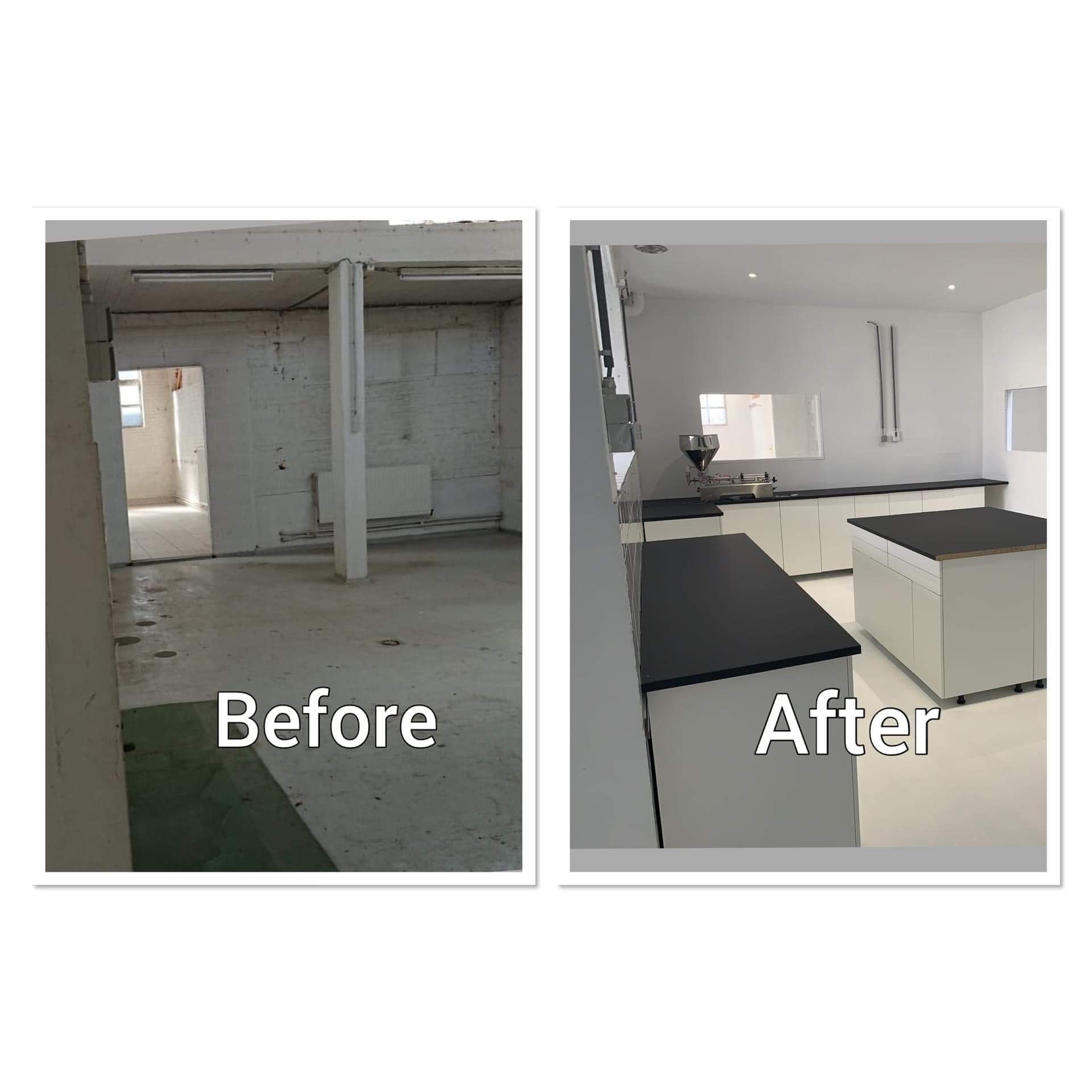
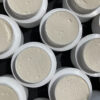


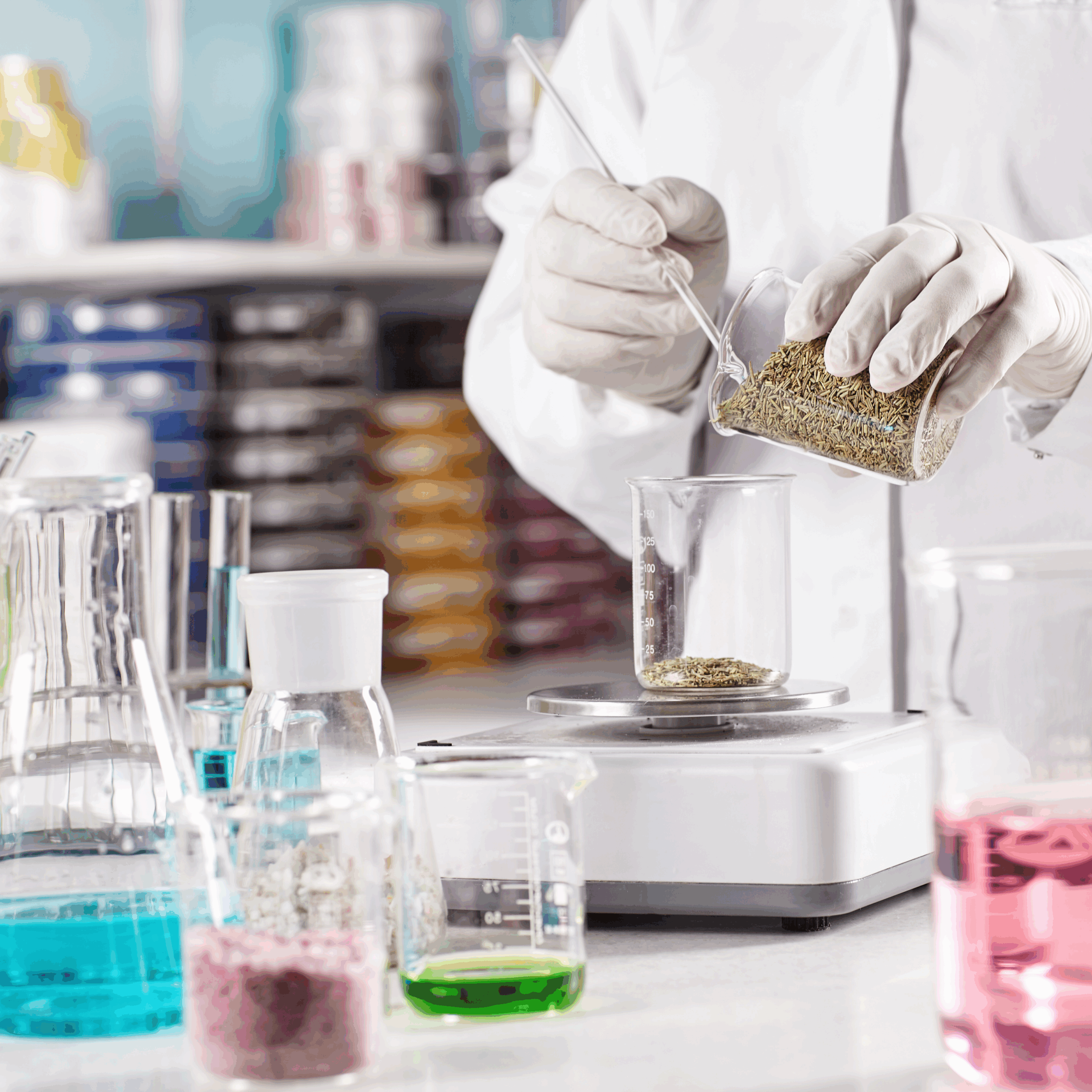

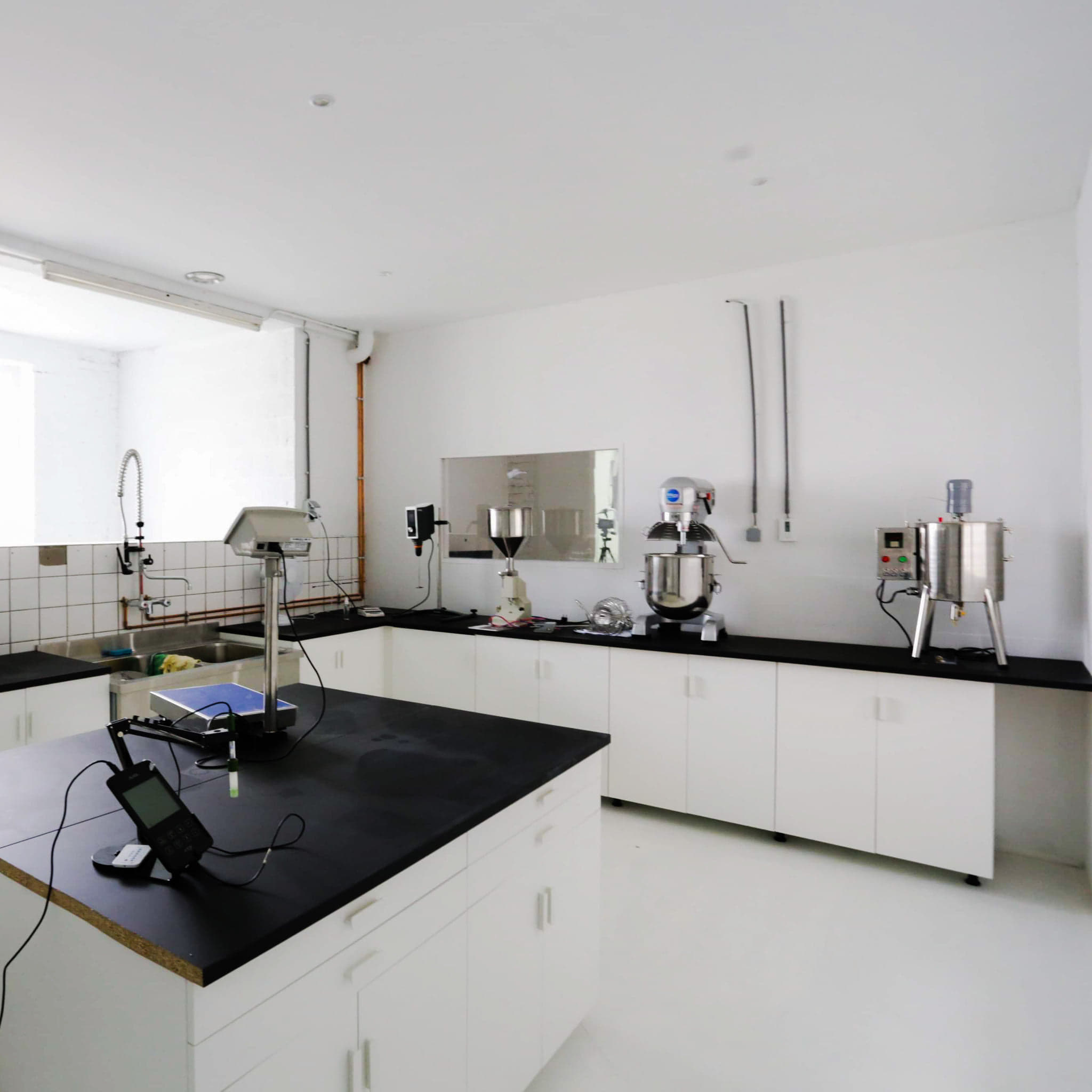
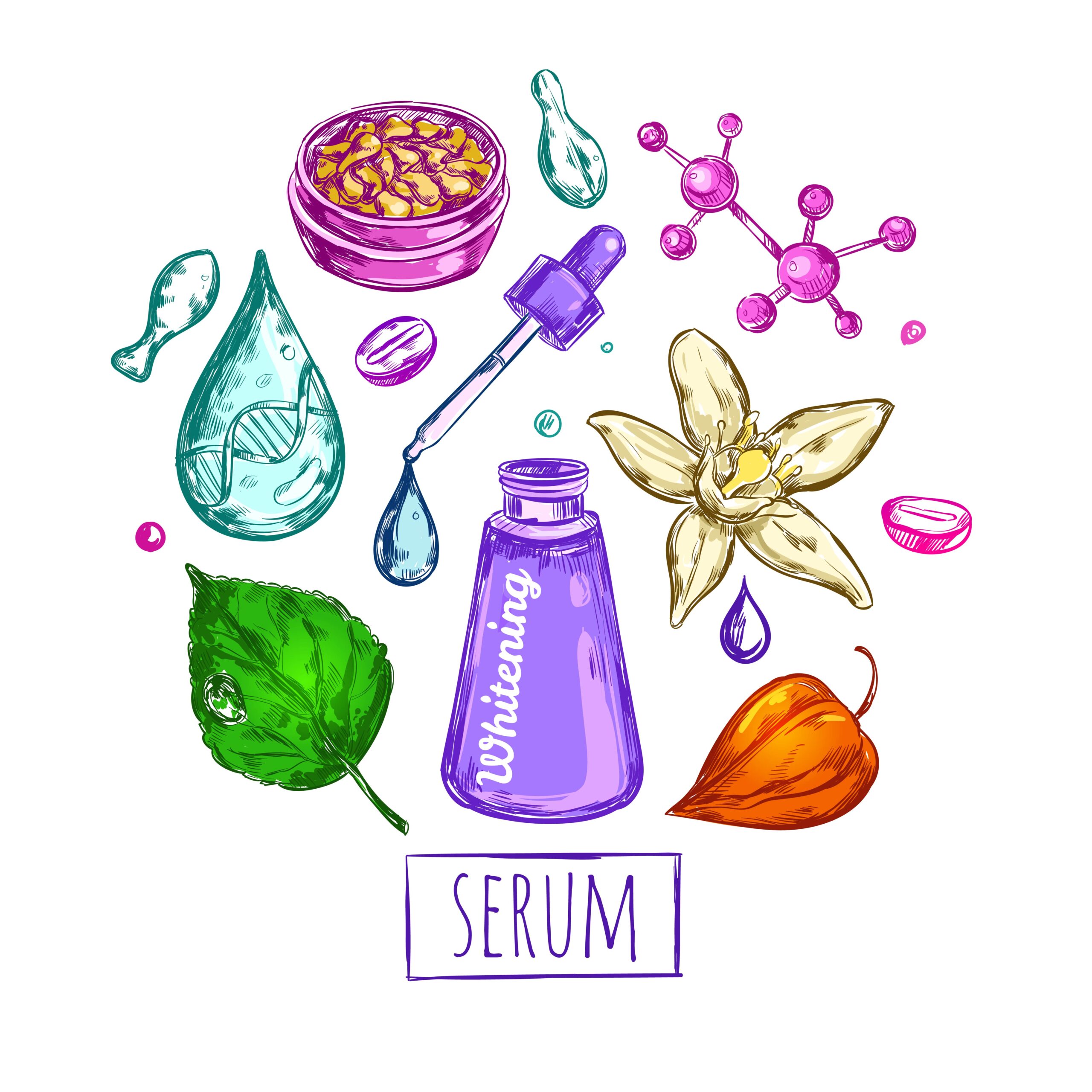
Add comment